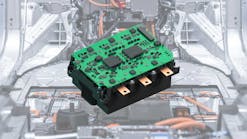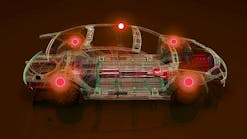Optical Biosensing for Emerging Healthcare Applications (.PDF Download)
Optical sensing is one of the most prevalent biosensing techniques and, yet, we have only just begun to leverage its full capability. This article uses a photoplethysmography (PPG) sensor to illustrate how an optical sensing system works and discusses possible extensions in new healthcare applications.
What Makes a Biosensor Truly Useful?
To measure a patient’s heart rate, an optical biosensor shines a light into the capillary bed of the patient’s tissue and measures the light that has either traversed or scattered from the tissue. As arterial blood pulsates through capillaries in the tissue, the amount of light it absorbs or scatters changes with each pulse, synchronously to the patient’s heart beat. By observing the variations of light intensity, the optical biosensor can monitor heart rate and other vital signs.
While, at a high level, the principle for optical sensing seems simple, there are a lot of detailed considerations in making a biosensor truly useful.
First, tissues vary among the patient population. A biosensor must make sure that the light reaches the depth it wants to interrogate and that the resulting signal attains sufficient intensity. Approaching this challenge quantitatively, sensor designers create optical models of the tissue by breaking it down to multiple layers, each layer with different refraction, absorption, and scattering properties and thickness (Fig. 1). By simulating a design over different variations of the model, it can be made to better accommodate the variations among a patient population.
1. Shown is an example of modeling human tissue optically in seven layers.










